Your lockdown diary—a series of
drawings from each day during the pandemic—struck me as tragicomic and universally
relatable. Could you talk us through the series?
It was the middle of March when the
pandemic became serious in Europe, and I got into this really manic state. I just
started drawing, and posting them online for my friends. Their reactions pushed
me to continue. After a few of them, I had a lot of adrenaline to create more, and
I was fuelled by an anxiety about the uncertainty of this new virus. I decided after
a few posts to dedicate myself to become an independent news outlet during this
time. Everyday for a whole month, I was manically drawing from morning until night
time. The works are a graphic novel on the novel virus. I would like to eventually make a book out
of the project, and I’ve also printed them as physical works, which were on view
at Gallery Port. For me, their transition from being a purely digital project for
social media to becoming a physical entity is very interesting.
What is the relationship between
your drawings and performances? Is one medium more central to your practice?
I think the answer is both. It’s a privilege to develop
a concept in so many forms—and this exists more so in contemporary art, where there
are so few rules, and you can be many things at the same time. I really love that
element of being an artist. When you’re a young artist, or you’re working as an
artist for a few years, it’s very easy to slip off and get a day job, and then you
don’t have time or energy to do anything. So you have to have resilience, and be
stubborn, as an artist. For me, I’m not always in the mood to be performing and
talking to people, so when I feel like retreating into my introverted side, I start
drawing and making handicraft. I love mixing performance and drawing.
My new project for the Reykjavik Art Museum, as part
of the group show ‘Autumn Bulbs II’, is a mix of these mediums, because I will also
perform inside it. The piece is a bouldering wall, and it depicts zodiac constellations.
It’s inspired by my unborn daughter who is coming into the world next year. The
due date is in January, and she’s supposed to be an Aquarius, and if she’s early
she will be a Capricorn or a Capriquarius. I find these ancient symbols so fascinating—they
are really important for us to tell stories about each other and to understand each
other’s character. By making this work, I’m entering a huge rabbit hole of knowledge.
I used an app to create the composition for the wall—the ‘bouldering track’. I put
the app on the 23 January, and stood next to the wall. The signs are composed for
that specific date. It has a title, it’s Stjörnuliljur in Icelandic, in English
it’s ‘Astro Lilies’. I’ll give a reading of the zodiac, whilst climbing the stars.
I really look forward to seeing a human body in the painting—travelling around the
painting.
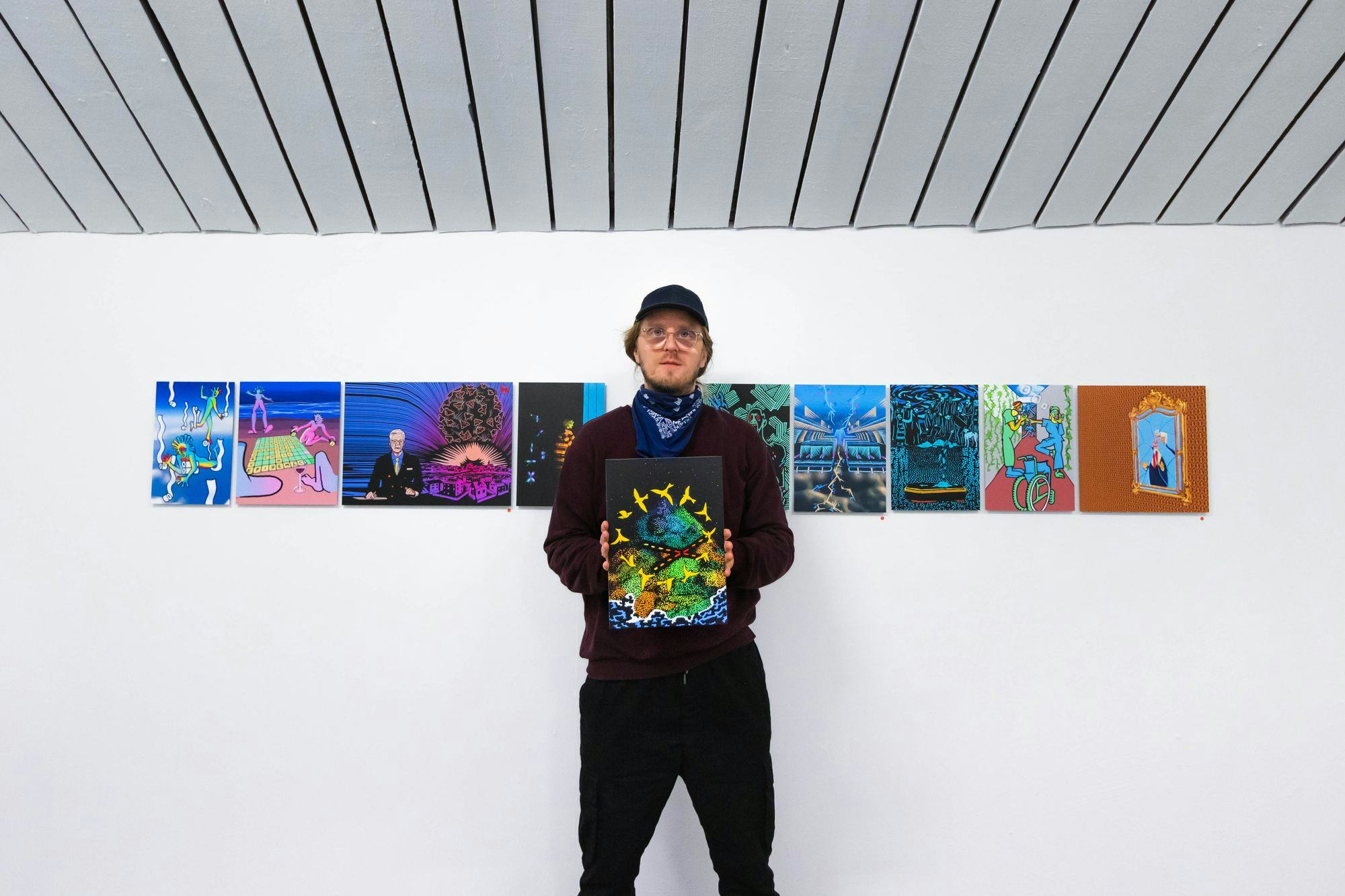
Styrmir Örn Guðmundsson
When you perform are you a character
or are you yourself?
More and more, in my performances I like to be myself.
I have occasionally worked with amateur theatre, but it’s also nice to embody the
position of a creator. It changes for me each time—it’s nice to challenge myself
to do new things. As an artist, I really don’t want to follow one formula for too
long.
Do you think your work is concerned
with the role of the artist, and what it means to assume this role in society?
Yes, I’m always investigating this role. There have
been times, where I truly believed that if everyone could be an artist, we could
have a very constructive world—but that might be problematic. Being an artist is
an important job in society, and those people who are titled ‘artists’, should be
those who are working at it everyday. It’s like with athletes—you might go to the
gym, but that doesn’t make you an athlete.
If there was another line of work
you were going to get into, what would it be?
I always wanted to be a scientist, before I went into
art. Even mathematics are fascinating. I’ve started playing instruments lately—and
that, for me, is a bridge between art and maths, or logic. Playing piano is poetic
and mathematical, direct and sensory. Real instruments like piano, or guitar, or
steel pan— are not art objects. But I’ve made some musical instruments myself that
are artworks. For instance, in my ‘Organ Orchestra’, there are different ceramic
organs, wind instruments, lungs, liver; the stomach is a percussive instrument,
the brain is a synthesizer. It’s a slow, ongoing work. I would love to record an
album with them.
Can you talk us through your album
that came out in 2018, ‘What Am I Doing With My Life?’
It started out without the whole ambition of a vinyl
album. On each stop of our DIY tour, I brewed and fermented a new version of the
performance, and new friends joined in. In the end, it was a full album, with some
15 guest artists.

Styrmir Örn Guðmundsson. From the exhibition
Teikn á lofti at Gallery Port
Is collaboration integral to your
work?
Most of the time I’m on my own, but at that time I
felt a very big need to collaborate. It was a very extreme collaboration. It was
all driven by fun and humour and friendship, really. Friends who happened to be
artists and musicians.
Do you think that art should always
be humorous?
No, not at all. Art should be all of our emotions in
life. It should be political, it should be abstract and spiritual, and humorous
sometimes too. It should be really sad, thought-provoking, shocking or even terrorising.
I think the moment that art goes in only one direction, then it’s dead. Art should
be a mirror of humanity, and if we are all so different, and hold different behaviours
and beliefs—so art should reflect that.
Storytelling is the nucleus of many
of your performances. How important is literature, mythology or folklore to your
practice?
Narrative and storytelling is very much in my practice.
It’s deep rooted in our Icelandic culture. I have an instinct to tell stories from
childhood. As a young child, I played with toys and created imaginative stories.
Later in my youth, I began creating comics and stories before I knew anything about
art. It wasn’t until I was about 20 that I knew about any such thing as an ‘art
world’. I learned that everyone is invited to participate in art—everyone can make
and create. It’s the job of us artists to invite people who are not full time artists,
whether it’s children or older people, to teach and to try to open people’s minds.
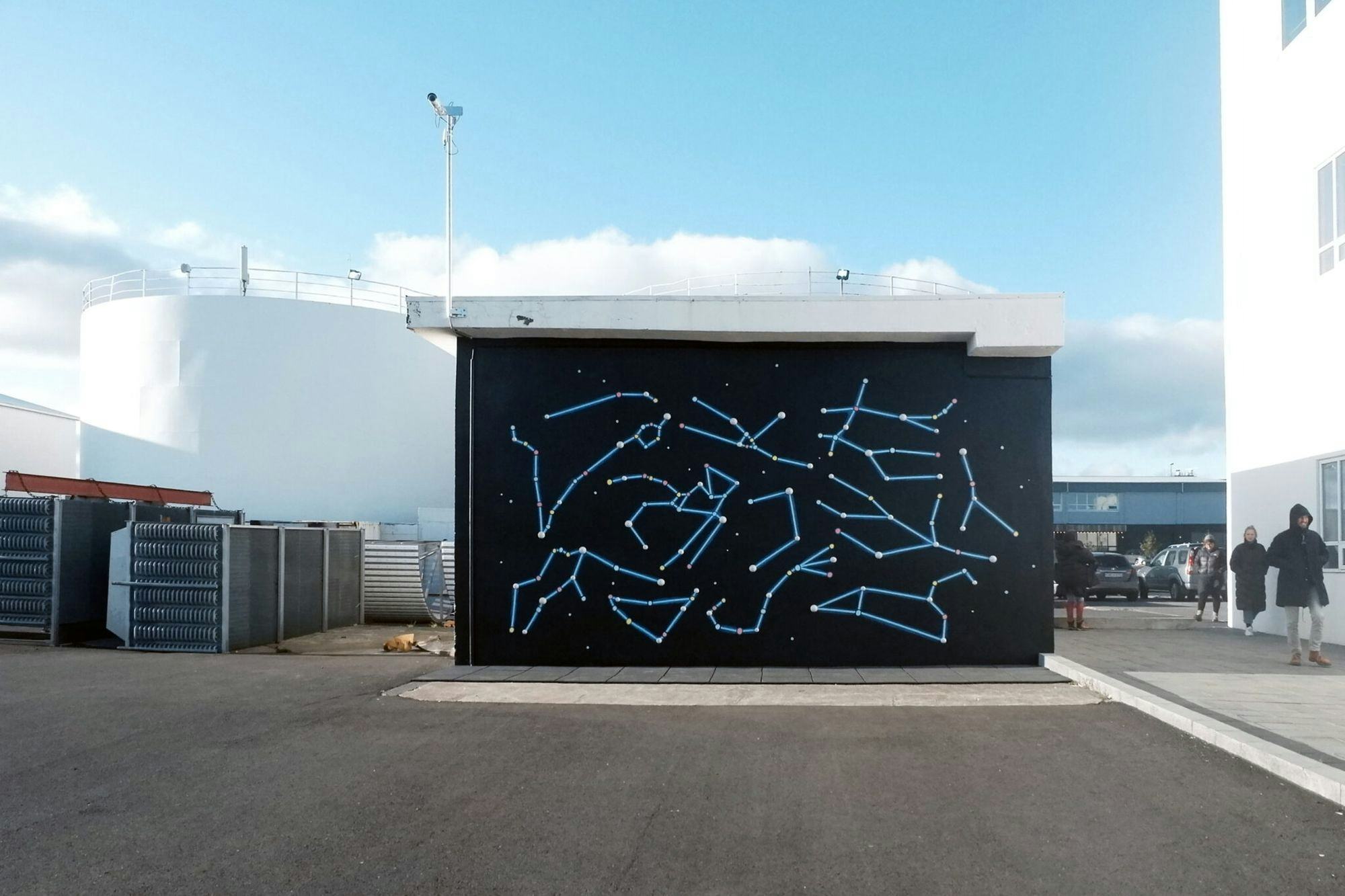
Styrmir Örn Guðmundsson: Astro Lilies, 2020.

Styrmir Örn Guðmundsson. Performance, Astro Lilies, 2020.
How do you feel about your work
being presented online due to the limitations faced during the pandemic? Is there
something lost or gained when our idea of an art ‘public’ is reoriented?
There are some Icelandic artists who specialise in
online projects and digital art, namely the art collective ‘Hard-Core’—they were
[making digital art] long before Covid, they were doing everything that we are doing
now. During the pandemic, I got involved with a group of Icelandic artists to produce
digitally communicated art. We came together as a group in the confinement of COVID-19,
and we decided to make a day of performances, streaming online from Berlin, Hannover,
Helsinki and Reykjavik. For the first time, we decided to perform through a live
webcam, and made an event called Sunday Seven. It was 07/07, 7th July—it was very
experimental. We’re doing it again on the 10th of October, 10/10. So, maybe we will
have learned something from this virtual performance show. I think it’s cool that
people are adapting to our circumstances, it’s not a negative.
For instance, at Gallery Port, I came to Iceland to
bring artworks with me, but I had to go into quarantine. It was really funny, Gallery
Port put up an iPad with me on a call during the exhibition opening, and it became
like a performance. Some people were really chatty with me, but there were others
who were really creeped out.
One word I often see associated
with your practice is ‘absurd’. How do you feel about this interpretation? Where
did your interest in absurdity come from?
Sometimes I write the word, sometimes others have written
this word about me. I embrace this word as a form of play, especially when I tell
a story or when I work physically with material.
On the other hand, absurdity can be very negative.
I feel like Donald Trump is absurd and there is a sense of danger and of twisted
morality in its etymology. It shouldn’t be taken too lightly. Dada artists were
using absurdity as a means of responding to their political situation, which is
similar to our time now. Absurdity starts to grow in these precarious contexts as
an anxious reaction to reality. The fun side of it, used mostly by surrealists,
is where the absurd can be a kind of play. Making games, new rules or constrictions,
might lead to wonderful creations.
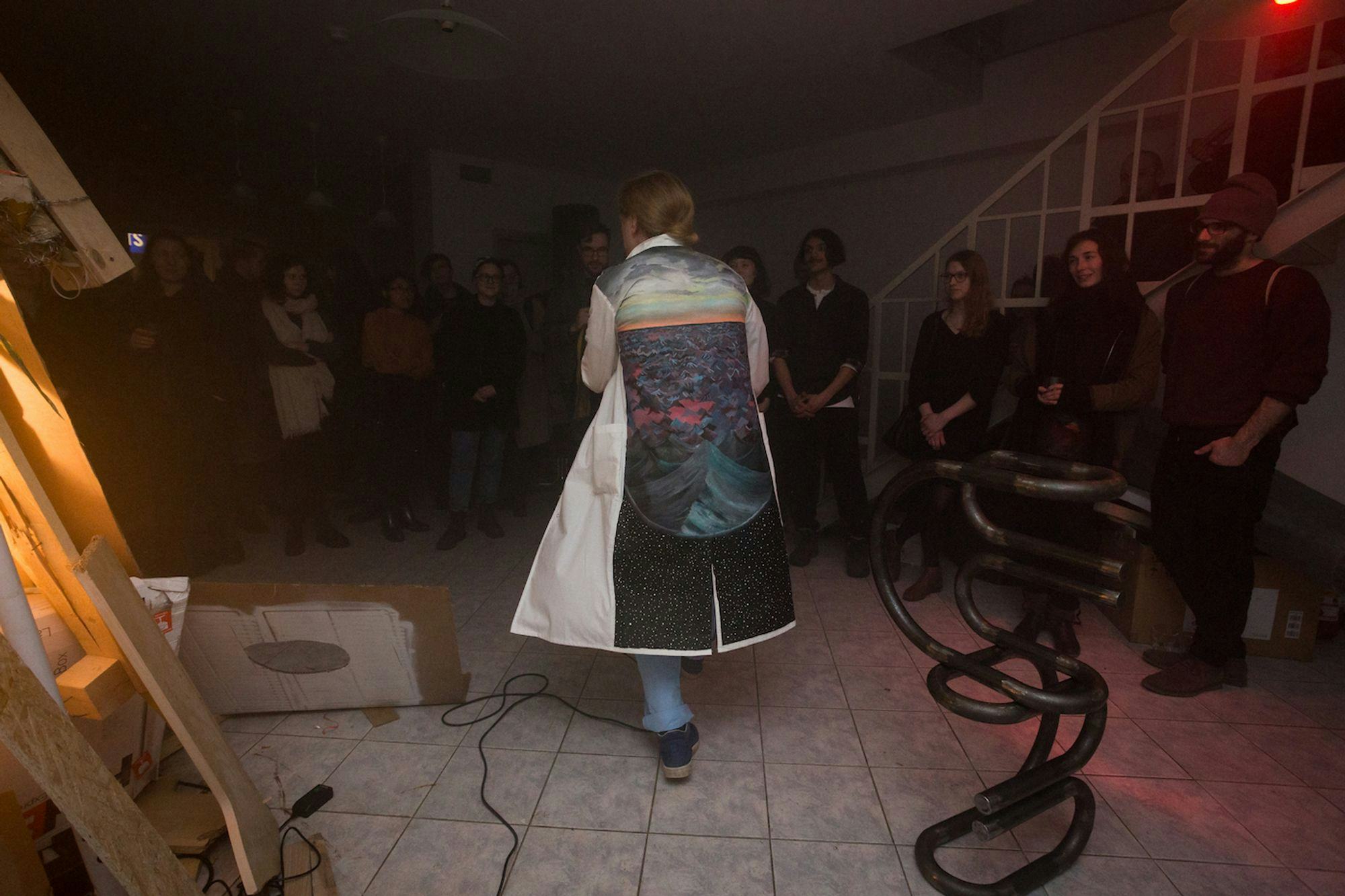
Styrmir Örn Guðmundsson. What am I doing with my life? – Performance – 30 min – Autarkia, Vilnius – 2017.
Styrmir Örn Guðmundssonis currently artist-in-residence
at Künstlerhaus Bethanien in Berlin, where he will have an upcoming exhibition.
The group show ‘Autumn Bulbs II’ at Reykjavik Art Museum runs from 24 September
– 18 October 2020.

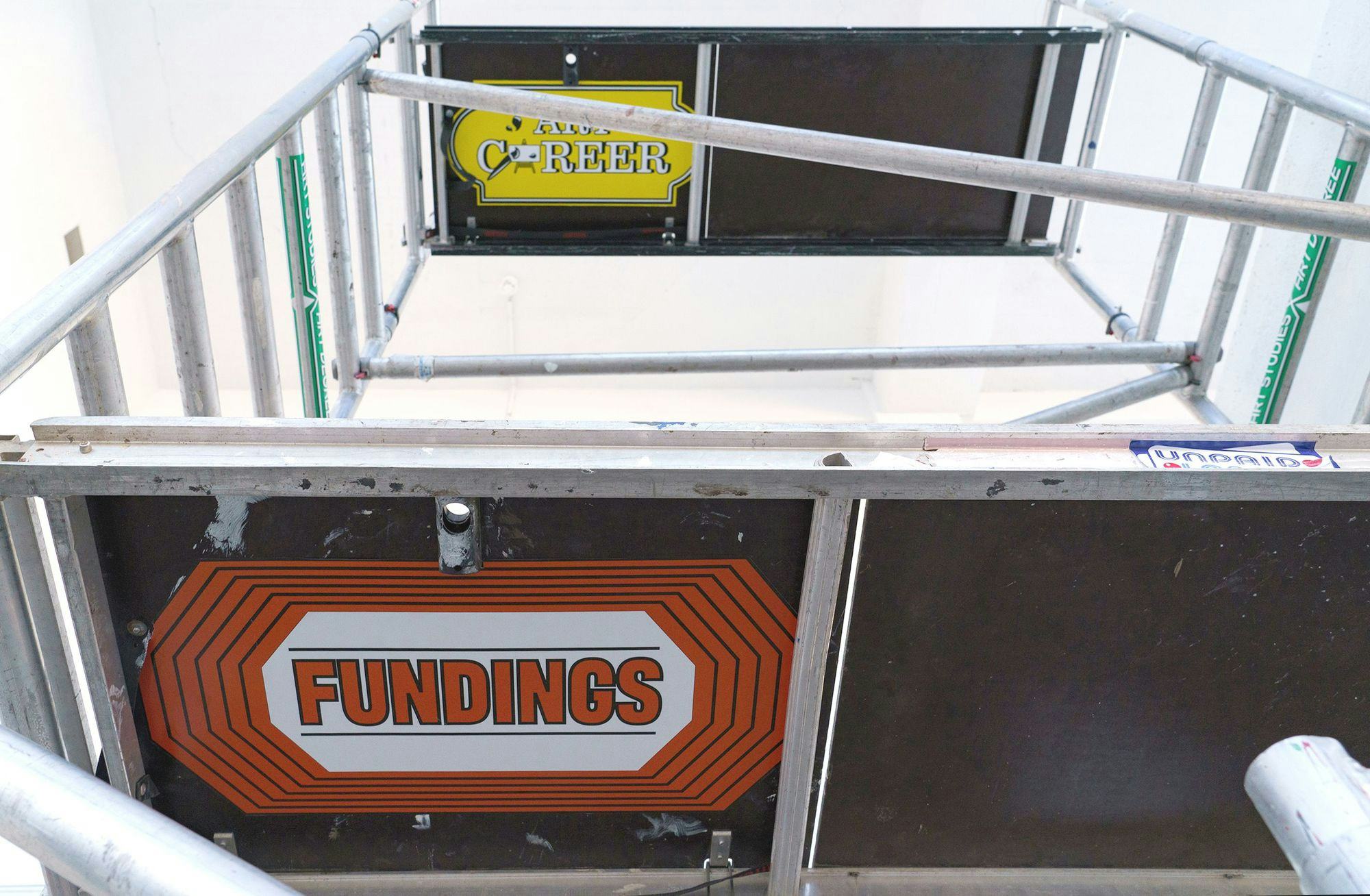
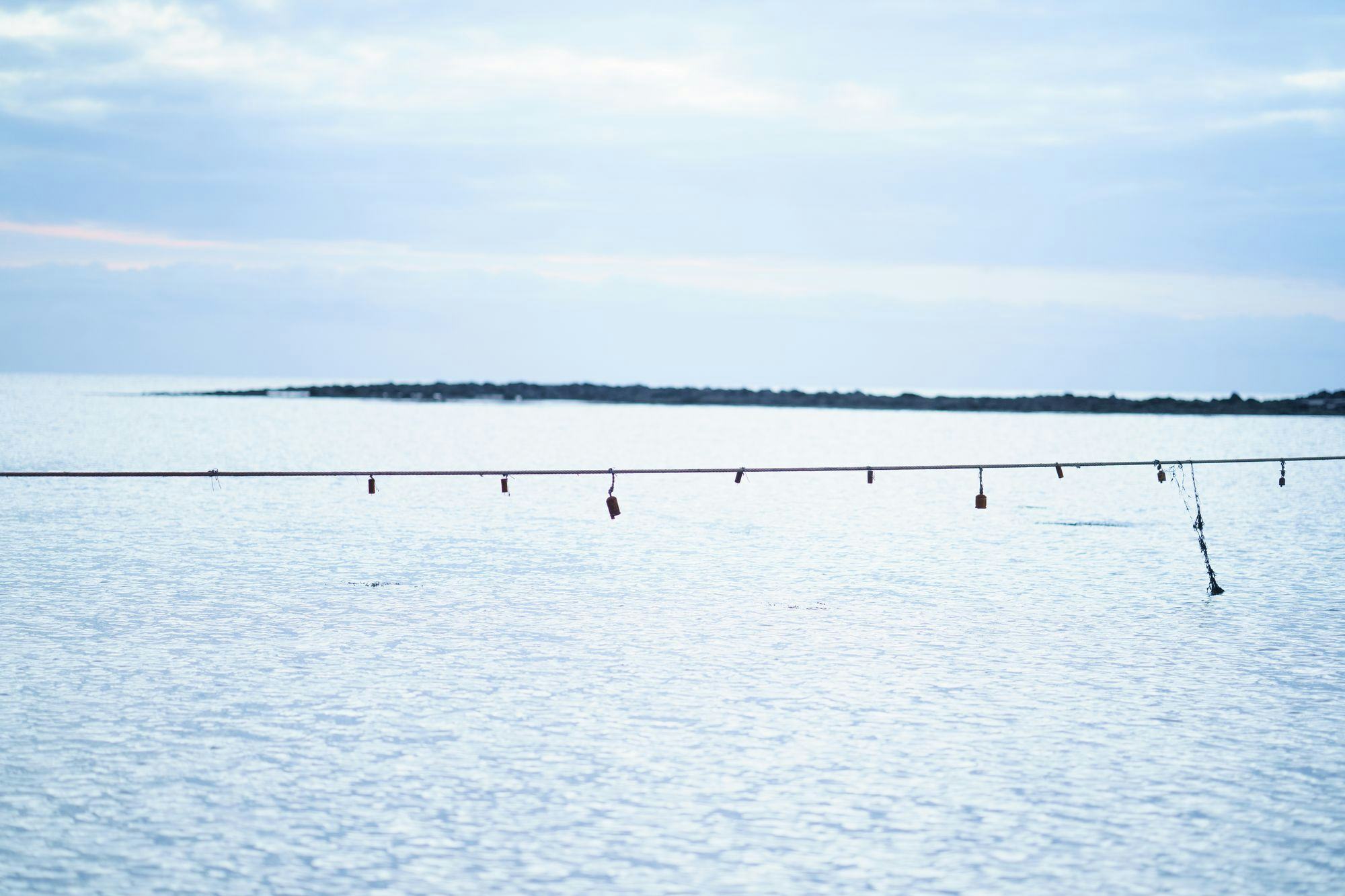
-icelandic-pavilion-2000x2667.jpg&w=2048&q=80)

